✓ Joining us on our Whatsapp Channel: 💬 Explore and Escape!.
Booking through us:
✓ 🏩 🛌 Handpicked Luxury Stays in Budget: Booking.com | Agoda.com
✓ 🍹⛱️ Deals on Private xfers, SIM Cards, City tours, Day trips : 📍🗺️ GetYourGuide | 🛵🧳 Klook
com/landmarks/oceania-landmarks/landmarks-of-australia/”>landmarks in South America, you’d know there are quite a few of them are here in Guyana.
Guyana is a land of breathtaking natural splendor, where the lush green rainforests stretch out towards the endless horizon.
Its staggering wealth of untouched natural landmarks offer a true oasis of serenity, with cascading waterfalls, towering mountains, and sprawling savannas, all waiting to be discovered.
The pristine beauty of Guyana’s natural wonders is beyond compare, offering a glimpse into a world that is truly magical and mesmerizing.
1. Kaieteur Falls
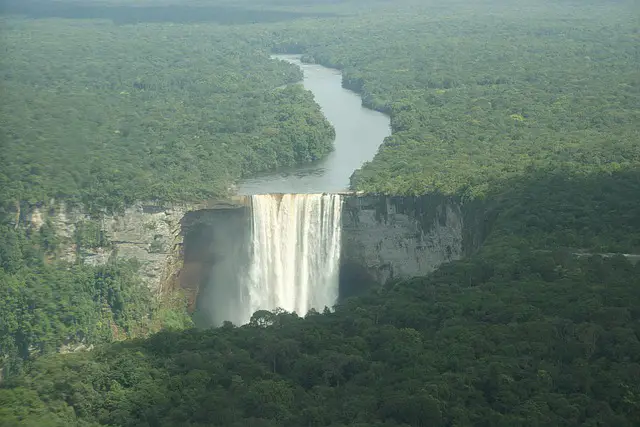
Kaieteur Falls is a powerful single-drop waterfall located in the heart of the Guyana jungle, South America. It is considered one of the tallest and most powerful waterfalls in the world.
What to see or do: Visitors can take a scenic flight to the falls, which offers breathtaking views and photogenic opportunities.
Once you land, you can take a short walk to the viewing platform, which overlooks the spectacular 741ft drop of water cascading from the cliff.
Don’t miss: The mesmerizing sight of mist and rainbows that surround the falls during sunny days. Also, keep an eye out for the amazing wildlife, such as the Cock-of-the-Rock bird, giant otters, monkeys, and jaguars.
Insider travel tips: – Bring a waterproof camera or phone case to take pictures on the viewing platform.
2. Kanuku Mountains
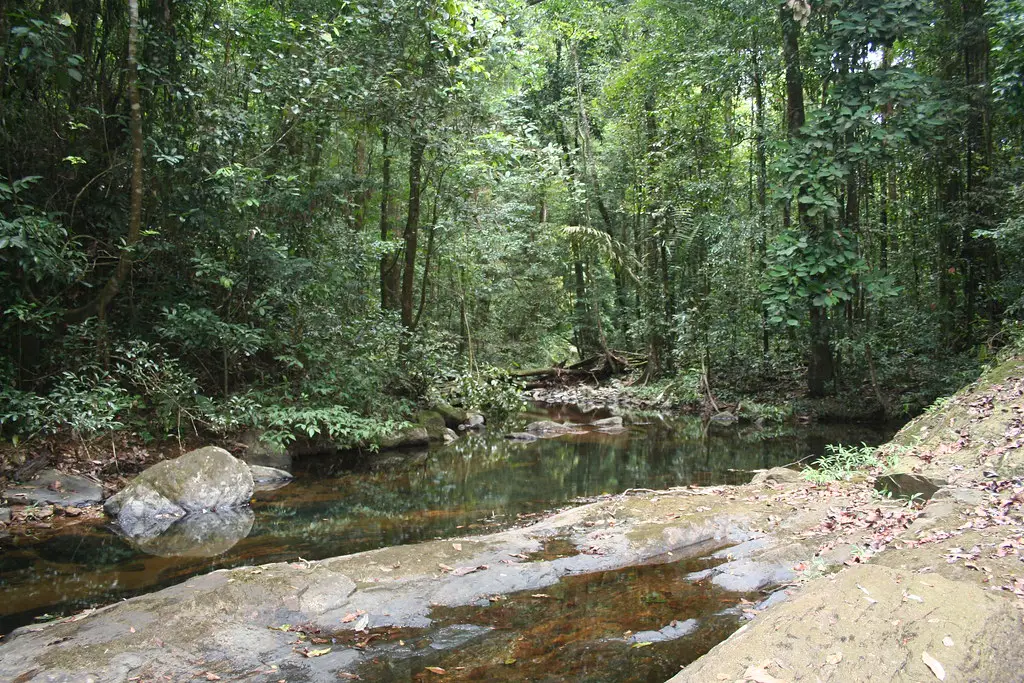
A mountain range located in the Potaro-Siparuni region of Guyana, South America.
What to see or do: Discover the stunning and diverse flora and fauna of the region, including a variety of birds, monkeys, and jaguars. Trek through the jungle to hidden waterfalls and scenic viewpoints.
Don’t miss: The opportunity to interact with the Makushi and Wapishana indigenous communities and learn about their traditional way of life.
Insider travel tips: – Hire an experienced local guide for the best chance of spotting wildlife and navigating the rugged terrain.
3. Shell Beach
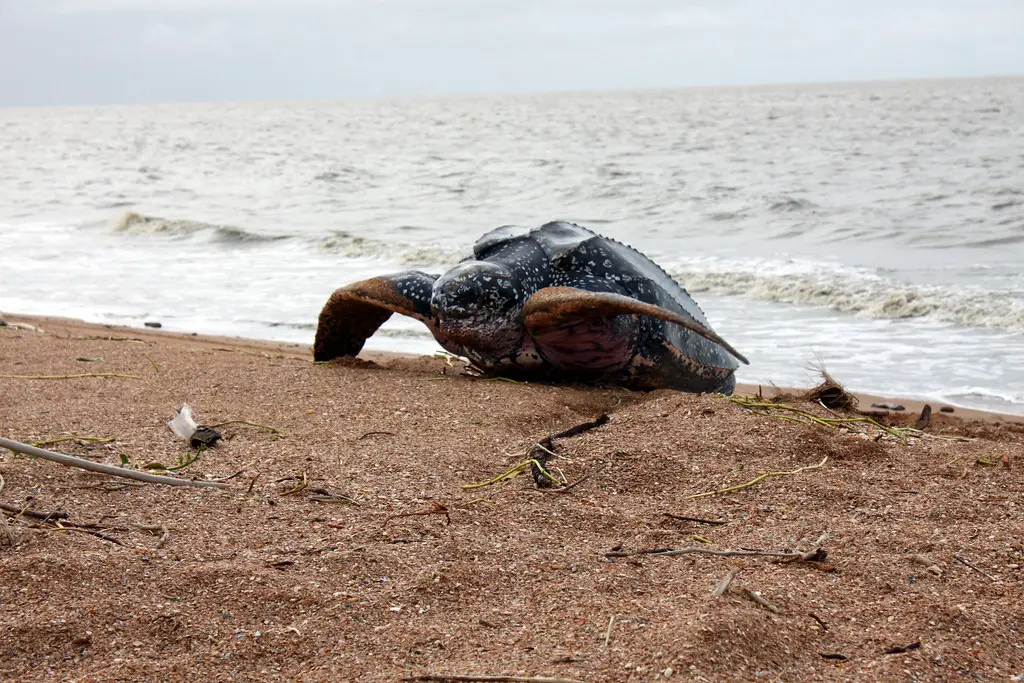
An awe-inspiring beach in Western Australia made up entirely of white seashells.
What to see or do: Take a walk along the beach and enjoy the beautiful shell formations, take in the stunning turquoise waters and explore the nearby Francois Peron National Park.
Don’t miss: The opportunity to collect some of the shells as souvenirs (but only from the shoreline, as removal from the beach is prohibited).
Insider travel tips: Bring appropriate footwear for the beach, as the shells can be sharp on bare feet. Consider visiting during the early morning or late afternoon for cooler temperatures and beautiful lighting for photography.
4. Iwokrama Rainforest
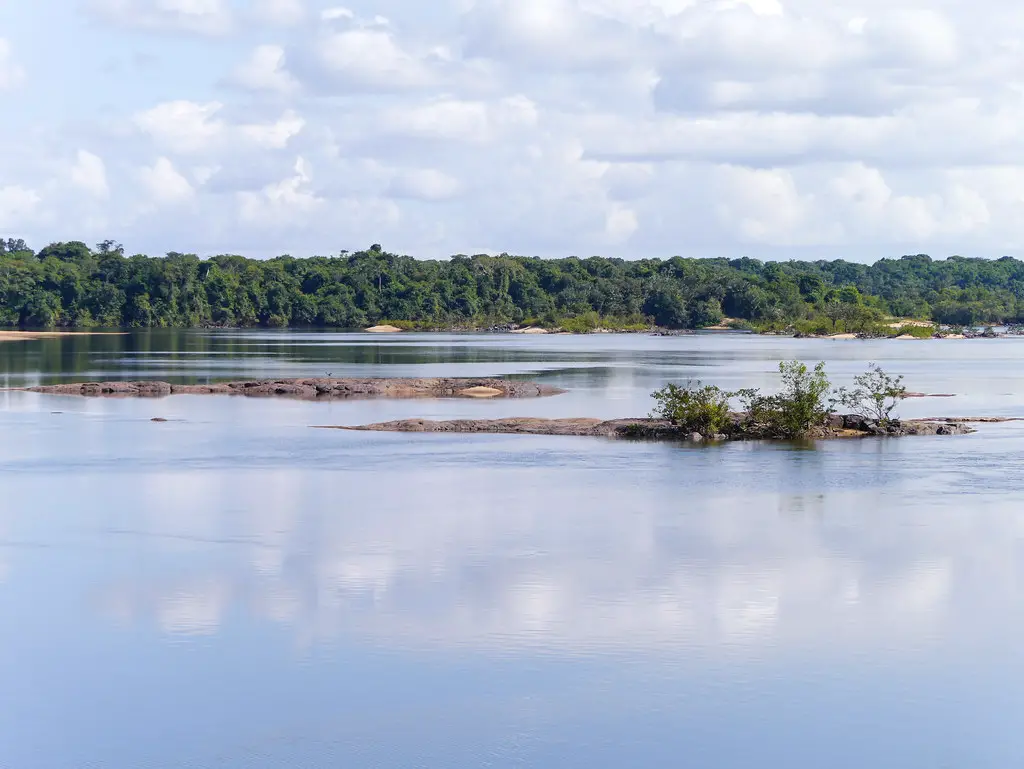
Iwokrama Rainforest is a vast protected rainforest in Guyana, covering an area of over 1 million acres.
What to see or do: Enjoy a guided tour or hike through the forest to explore the diverse flora and fauna, including over 500 species of birds and several large mammals like jaguars, tapirs, and giant otters.
Don’t miss: The iconic Canopy Walkway that stretches over 1500 feet and is suspended 100 feet above the forest floor. It offers an amazing bird’s eye view of the rainforest and an unforgettable experience of the lush life within.
Insider travel tips: It is highly recommended that visitors come prepared with insect repellent, long-sleeved shirts, and sturdy hiking boots.
5. Konashen Indigenous District
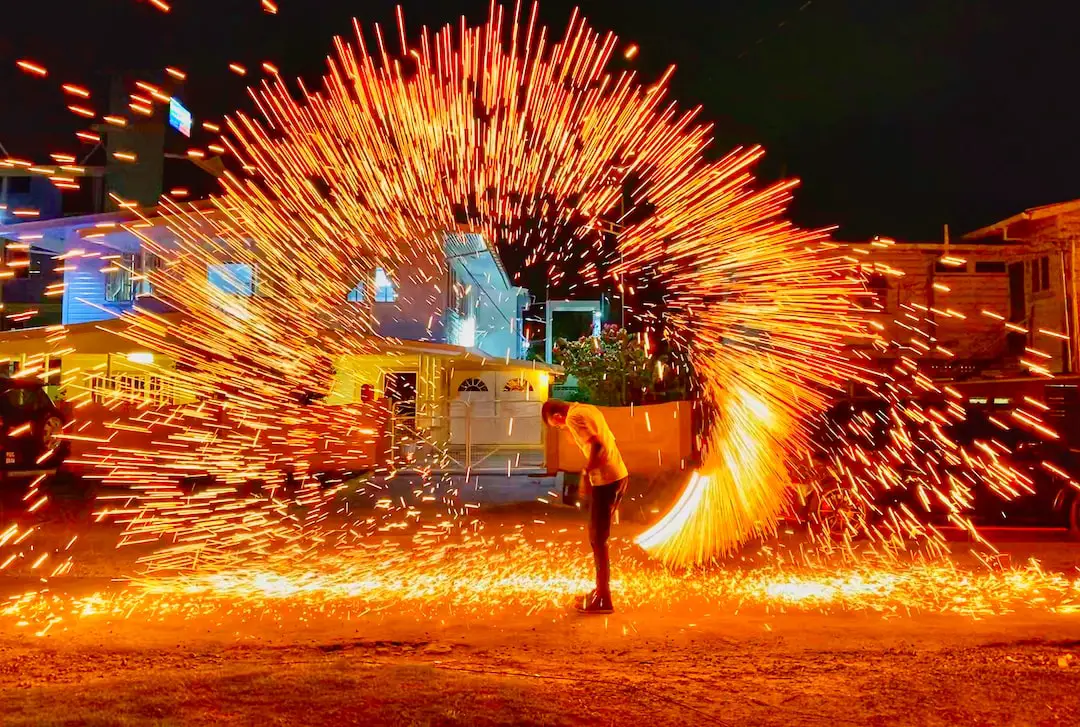
Konashen Indigenous District is a protected area in Guyana, home to several Indigenous communities and a diverse range of flora and fauna.
What to see or do: Take a guided tour through the district to learn about the traditional practices and culture of the Indigenous communities. Explore the lush rainforests, like the Kanuku Mountains, and spot rare wildlife, such as giant anteaters and jaguars.
Visit the village of Nappi to experience traditional dances and crafts.
Don’t miss: The Konashen Community-Owned Conservation Area, which spans over 360,000 hectares and is managed by the Wai Wai Indigenous people. This area boasts pristine rainforests, crystal-clear rivers, and a variety of wildlife.
Insider travel tips: Make sure to obtain permission from the Indigenous leaders before visiting any of the villages.
Respect the local customs and traditions, and consider hiring an Indigenous guide to support the local economy and learn more about the area.
Be prepared for a rustic experience and pack appropriately for jungle conditions.
6. Orinduik Falls
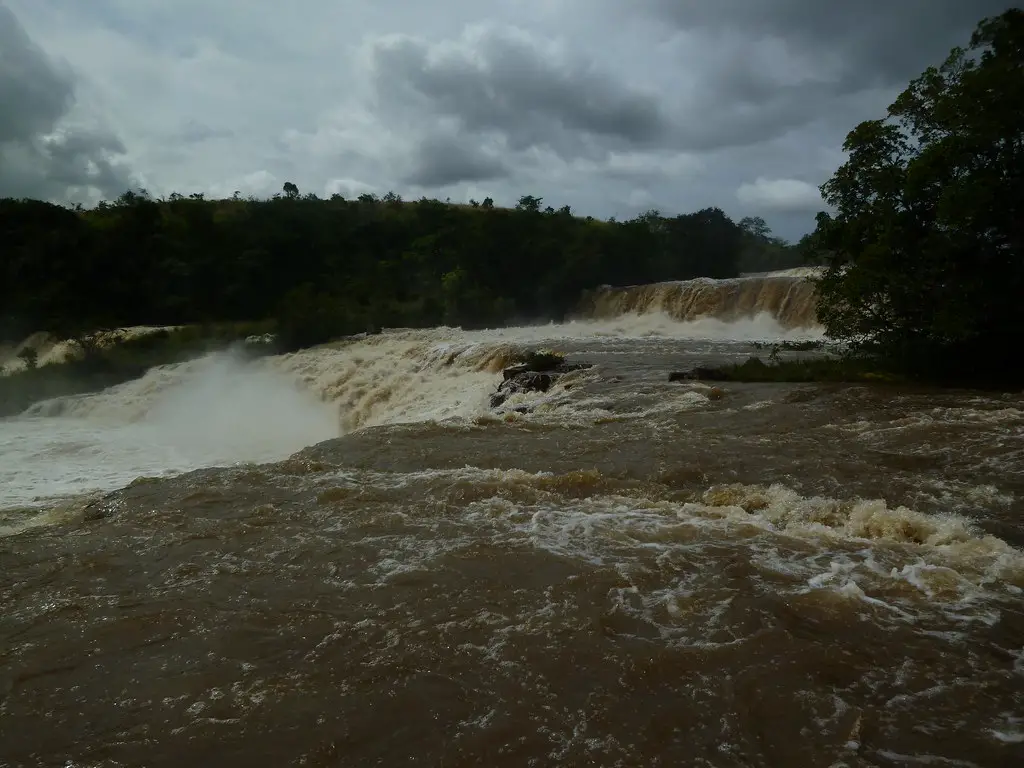
Orinduik Falls is a stunning waterfall located on the border of Guyana and Brazil.
What to see or do: Visitors can see the picturesque cascading waterfall that drops over 25 meters into the Ireng River, providing a breathtaking sight.
Don’t miss: Don’t miss the chance to take a dip in the crystal clear pools beneath the falls or admire the unique rock formations.
Insider travel tips: – The best time to visit Orinduik Falls is during the rainy season (May- August) when the falls are in full force.
7. Potaro River
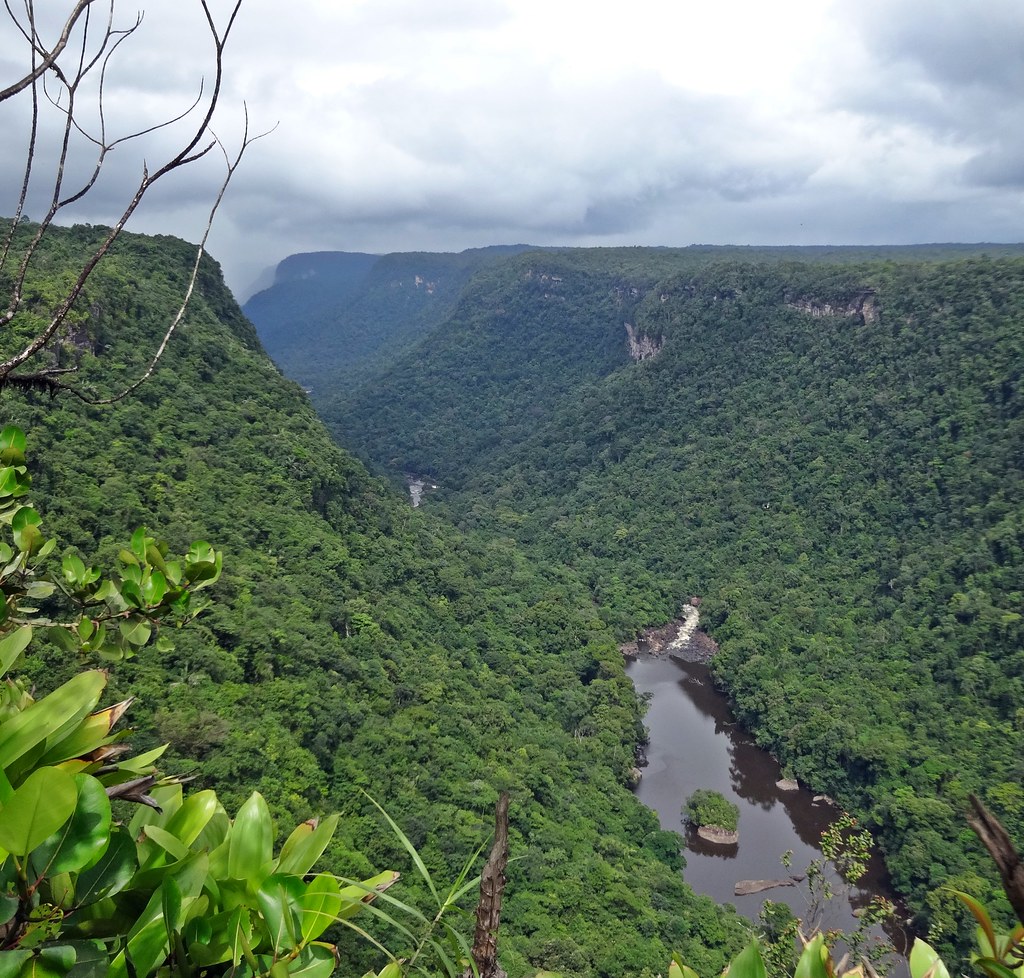
The Potaro River is a river in Guyana, South America, that runs through the Potaro-Siparuni region.
What to see or do: The Potaro River is a popular destination for white water rafting and kayaking, offering a range of rapids suitable for all levels of experience.
The river is also home to stunning waterfalls, including the famous Kaieteur Falls – the world’s largest single-drop waterfall by volume.
Visitors can take a hike to the top of Kaieteur Falls for breathtaking views of the surrounding rainforest and the Potaro River below.
Don’t miss: The Kaieteur National Park, located near the source of the Potaro River, is home to a wide variety of wildlife including Guyana’s national bird, the hoatzin, and the elusive jaguar.
Visitors can take a guided tour through the park to experience the diverse ecosystem and learn about its conservation efforts.
Insider travel tips: – Be sure to bring appropriate gear for white water activities, including a helmet and lifejacket.
8. Kaieteur National Park
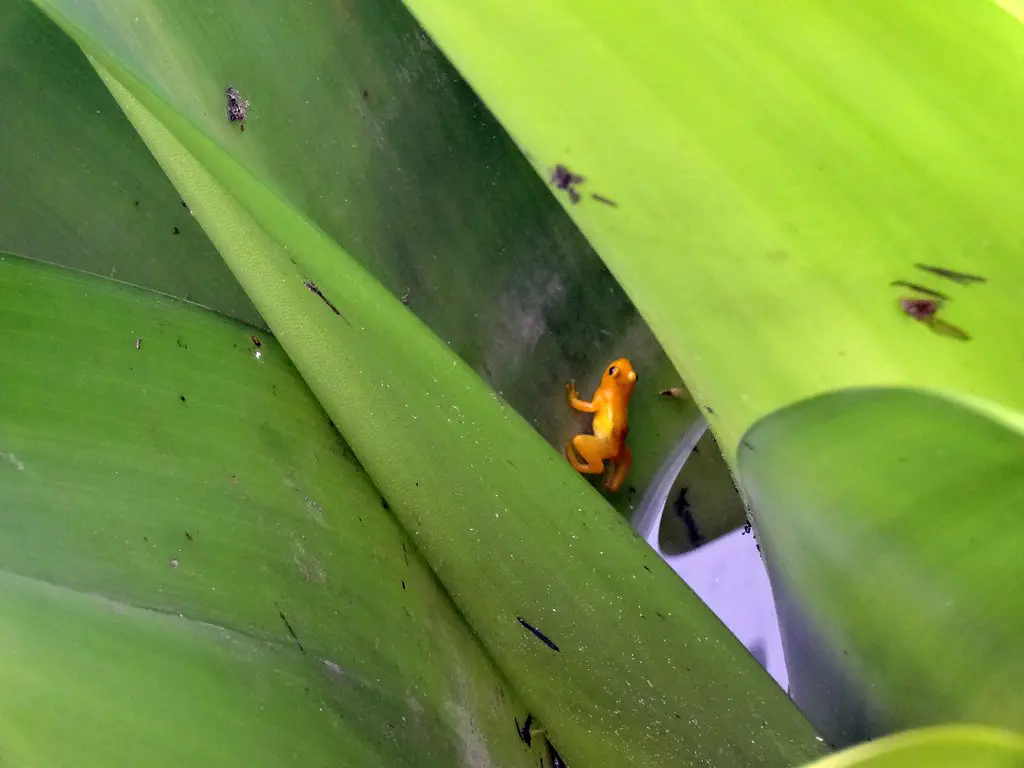
A protected natural park in Guyana showcasing stunning landscapes and wildlife.
What to see or do: Marvel at the world-famous Kaieteur Falls, which is five times taller than the Niagara Falls.
Take a guided hike through untouched rainforest, spot rare and exotic birds, enjoy a scenic flight over the park, and learn about the rich history and culture of Guyana.
Don’t miss: The Kaieteur Falls, the park’s main attraction, is a must-see. The breathtaking view from the top of the falls offers an unforgettable experience that should not be missed.
Insider travel tips: Camping is not allowed within the park, so visitors are advised to arrange for accommodation outside the park. Bring insect repellent, sunblock, and sturdy hiking shoes.
The best time to visit is during the dry season, from January to April, as the hiking trails can get muddy during the rainy season.
9. Baganara Island
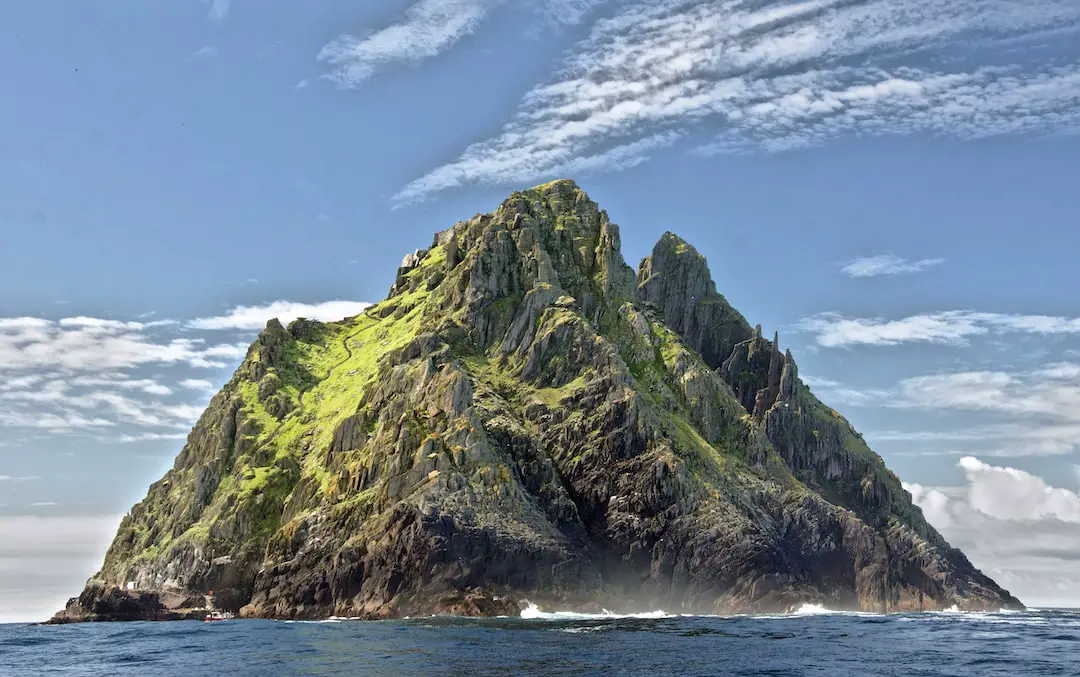
Baganara Island is a small, idyllic island located in the Essequibo River in Guyana.
What to see or do:
Don’t miss:
Insider travel tips: – Baganara Island Resort offers comfortable accommodation, delicious food, and various outdoor activities.
10. Arrowpoint Nature Resort
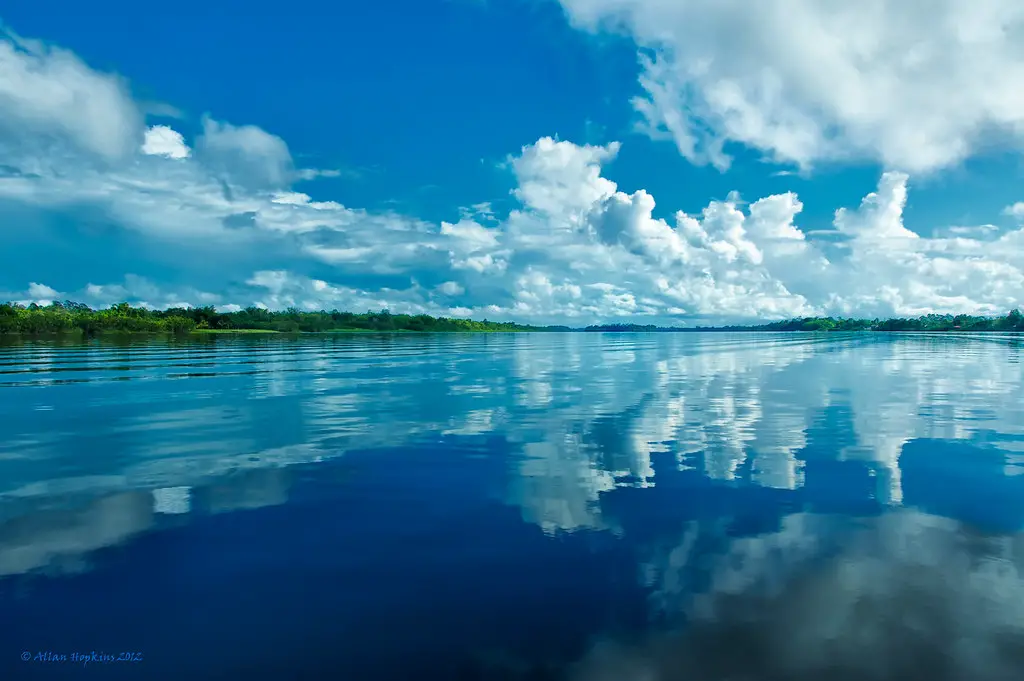
Arrowpoint Nature Resort is an eco-lodge nestled within the lush rainforest of Guyana.
What to see or do: Guests can enjoy a variety of nature-based activities such as hiking, birdwatching, fishing, kayaking, and canoeing. The resort also offers cultural and wildlife tours, as well as authentic Amerindian cuisine.
Don’t miss: A guided night walk through the rainforest to see nocturnal creatures like tarantulas, tree frogs, and kinkajous.
Insider travel tips: Take a dip in the natural blackwater creek on the property and keep an eye out for the resident capuchin monkeys who are known to play in the trees above.
Be sure to pack insect repellent to ward off mosquitoes and other bugs.
11. North Rupununi Wetlands
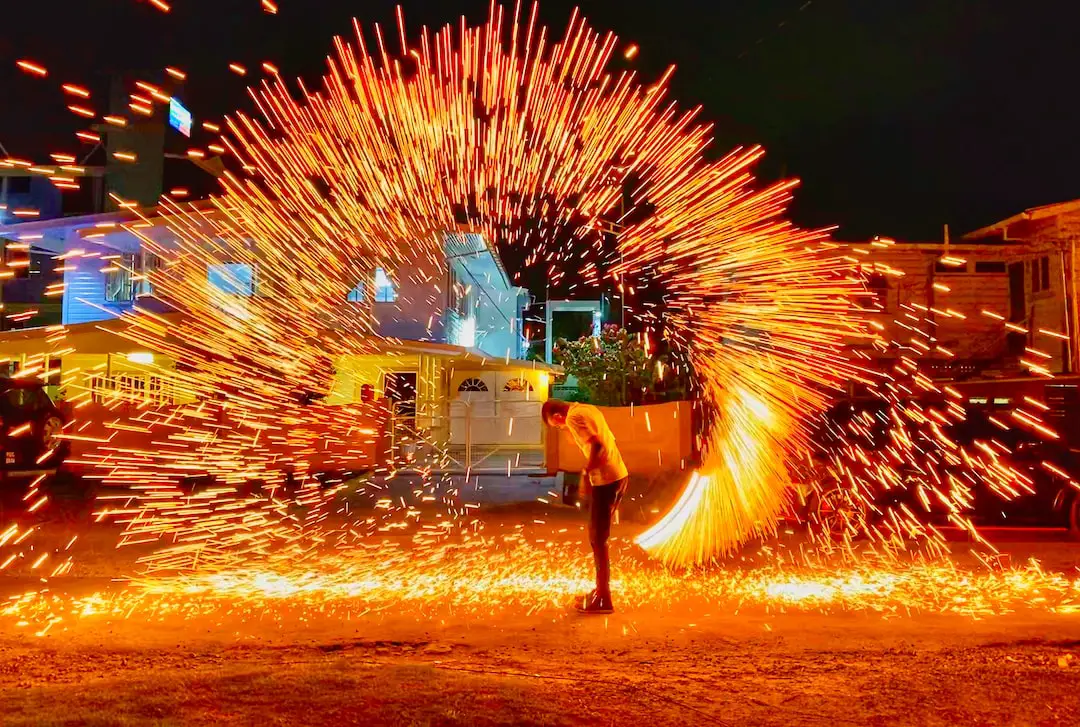
The North Rupununi Wetlands is a vast area of seasonally flooded savannah, rivers, and wetlands located in Guyana, South America.
What to see or do: visitors can explore the indigenous communities and learn about their way of life, embark on nature hikes, bird watching, wildlife spotting, fishing, and canoe trips.
Don’t miss: a visit to the Iwokrama Canopy Walkway, one of the longest in the world, offering stunning views of the rainforest canopy and wildlife.
Insider travel tips: bring insect repellent, sunscreen, and lightweight clothing that covers your arms and legs. Hire a knowledgeable guide to maximize your experience and respect the indigenous communities’ customs and traditions.
12. Turu Falls
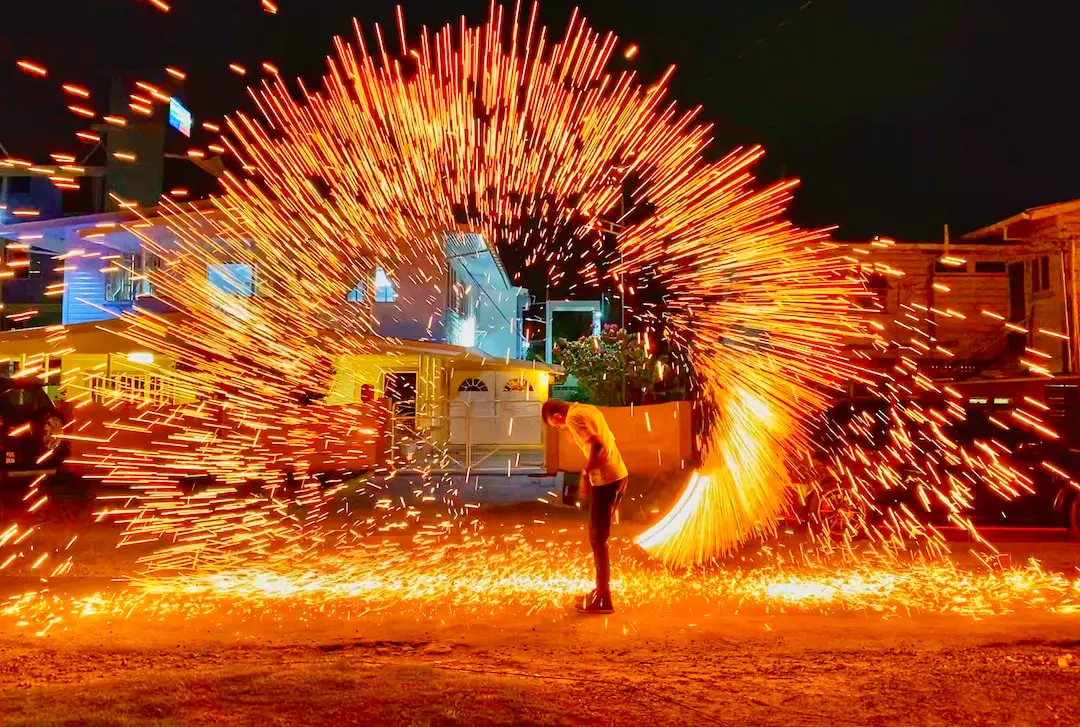
Turu Falls is a majestic waterfall located in the heart of the Amazon rainforest in Brazil.
What to see or do: Witness the stunning beauty of the falls as they crash down into the natural swimming pools below. Take a refreshing dip in the crystal clear water, or relax on the rocks and absorb the breathtaking scenery.
Don’t miss: Be sure to check out the panoramic viewpoint for an awe-inspiring, birds-eye view of the waterfall and surrounding rainforest.
Insider travel tips: Bring water shoes, as the rocks near the falls can be slippery.
13. Kabalebo Nature Resort
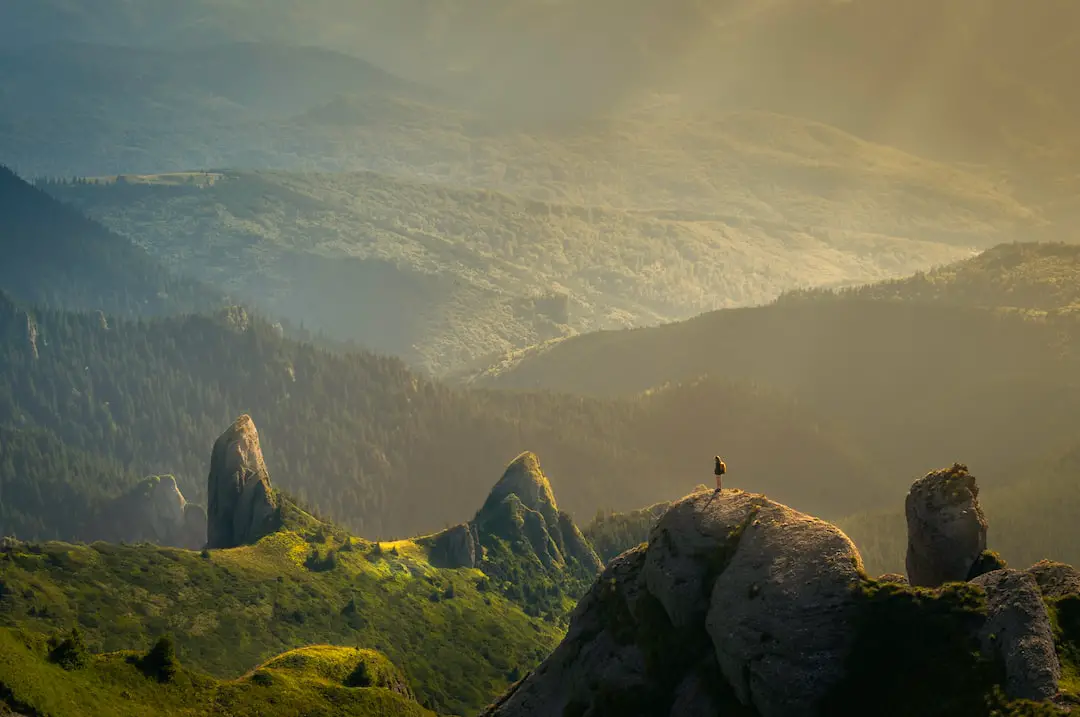
Kabalebo Nature Resort is an eco-lodge situated in the heart of the unspoiled Amazon rainforest in Suriname.
What to see or do:
Don’t miss:
Insider travel tips:
14. Amaila Falls
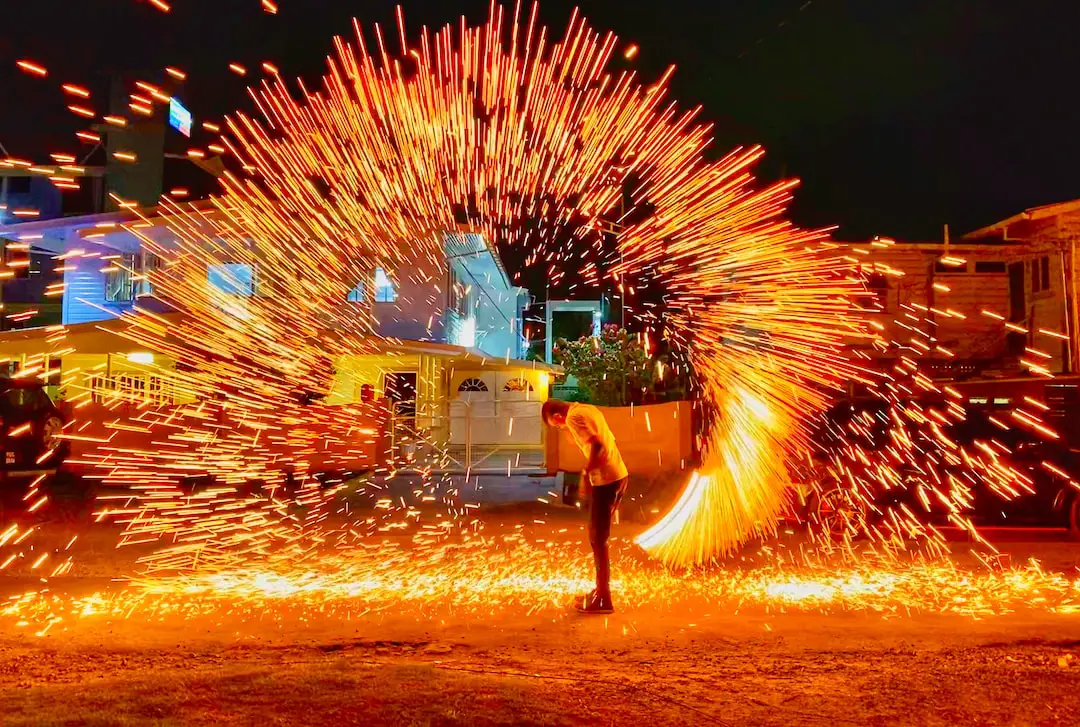
Amaila Falls is a breathtakingly beautiful waterfall located in central Guyana.
What to see or do: Visitors can take a boat or hike through the dense jungle to reach the falls. Once there, they can marvel at the cascading water and take a refreshing dip in the pools below.
Don’t miss: Don’t miss the opportunity to take a guided tour of the surrounding rainforest. You’ll have the chance to spot exotic wildlife like jaguars, toucans, and macaws.
Insider travel tips: Be sure to wear sturdy shoes and bring plenty of bug spray.
It’s also a good idea to bring a waterproof camera or phone case to capture the stunning scenery without worrying about water damage.
15. Marshall Falls
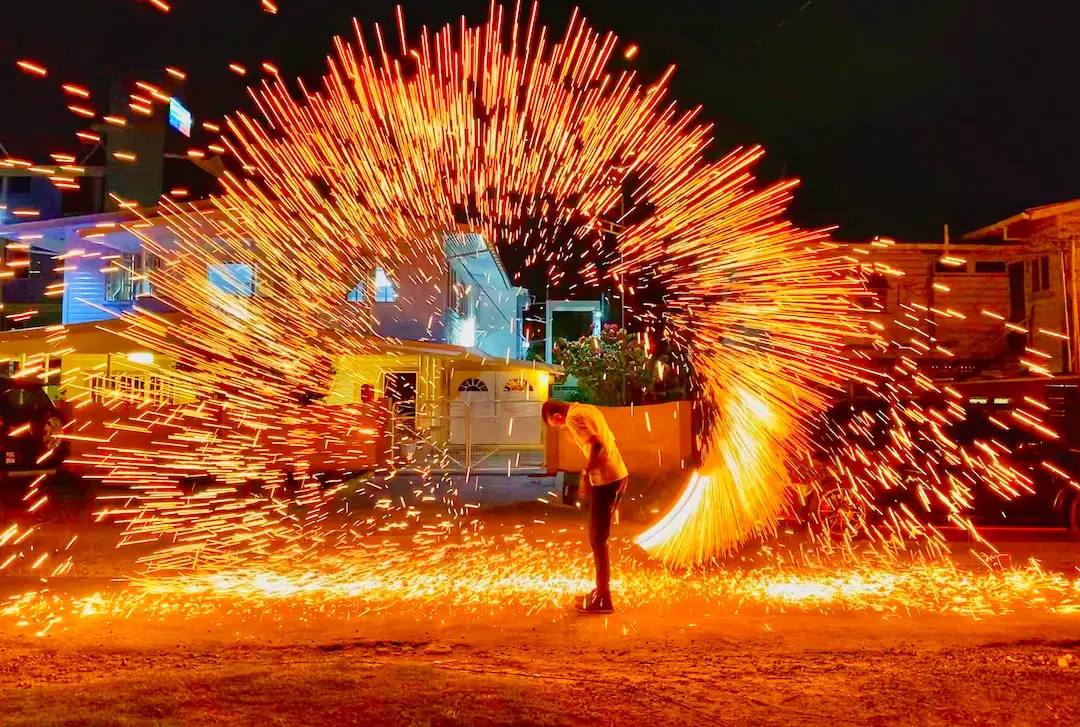
Marshall Falls is a natural waterfall located in the Ozark National Forest near the town of Marshall, Arkansas.
What to see or do: Visitors can hike the trail to the waterfall, which is about a half-mile each way. Once at the falls, take a refreshing dip in the cool water and enjoy the beautiful scenery.
Don’t miss: Don’t miss the opportunity to explore the surrounding Ozark National Forest, with its unique rock formations, caves, and abundant wildlife.
Insider travel tips: – The trail to Marshall Falls can be muddy and rocky, so wear sturdy shoes and watch your step.
16. Eping Marsh
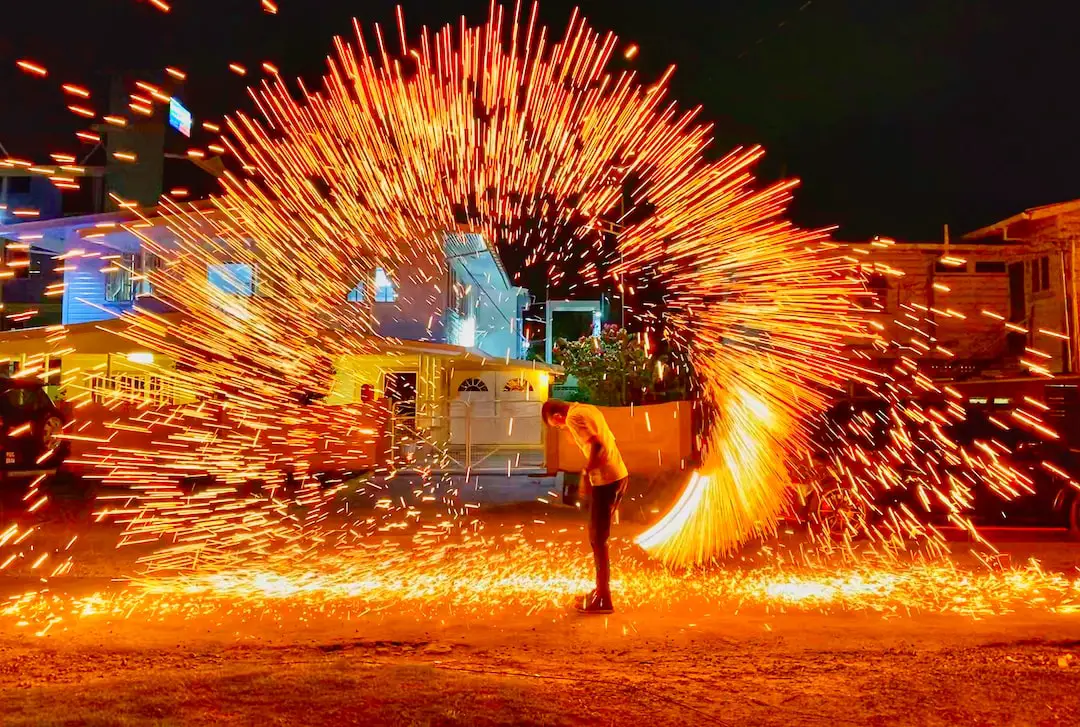
Eping Marsh is a nature reserve situated in Essex, England.
What to see or do: The reserve is home to a number of wildlife species including birds, insects and plant life. Visitors can enjoy a peaceful walk around the marsh and observe the diverse array of wildlife that exists there.
Don’t miss: The birdwatching opportunities are unparalleled, so make sure you bring binoculars and look out for tawny owls, kingfishers and lapwings.
Insider travel tips: Be sure to wear wellies or waterproof footwear as the marsh can be quite boggy in places. Additionally, bring some water and snacks as there are no facilities available on site.
Finally, try to visit during the early morning or late afternoon when the wildlife is most active.
17. Essequibo River
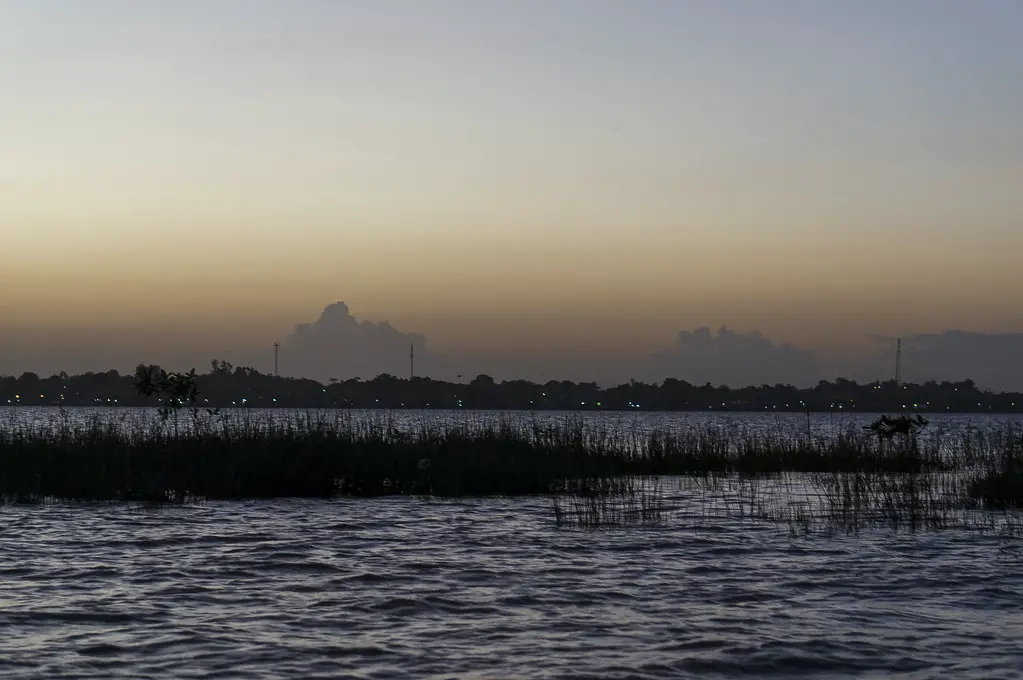
The Essequibo River is the largest river in Guyana, South America.
What to see or do: Take a boat tour along the river and explore the lush rainforest, spot exotic wildlife such as the jaguar and giant otter, and visit local indigenous communities.
Don’t miss: The Kaieteur Falls, located on a tributary of the Essequibo River, is one of the world’s tallest single-drop waterfalls and a must-see attraction for nature lovers and adventure seekers.
Insider travel tips: Be sure to pack bug spray and sunscreen, as the river area can be quite humid and hot. Also, hiring a local guide is highly recommended to navigate the river and learn about the local culture and history.
18. Sloth Island Nature Reserve
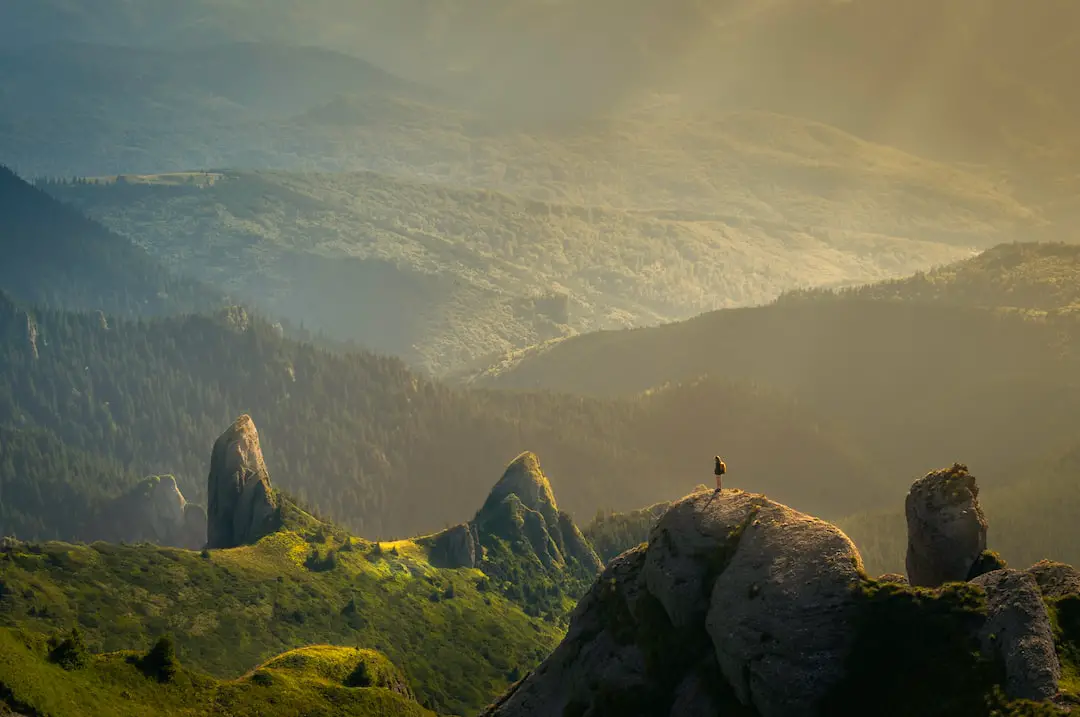
Sloth Island Nature Reserve is a protected wildlife area located off the coast of Belize.
What to see or do: Visitors can enjoy guided tours of the island’s lush rainforest and attempt to catch glimpses of the resident sloths, monkeys, and exotic bird species.
The reserve also offers opportunities to snorkel in the azure waters surrounding the island and explore its vibrant coral reefs.
Don’t miss: The chance to witness the sloths lazily making their way through the trees, swinging from branch to branch.
Also, make sure to take a dip in the crystal-clear waters and explore the underwater world teeming with vibrant marine life.
Insider travel tips: Be sure to book your visit in advance, as the reserve limits the number of visitors allowed on the island to maintain its pristine beauty.
Additionally, bring sturdy hiking shoes for exploring the rainforest and plenty of sunscreen, as the sun can be intense.
19. Kaituma River
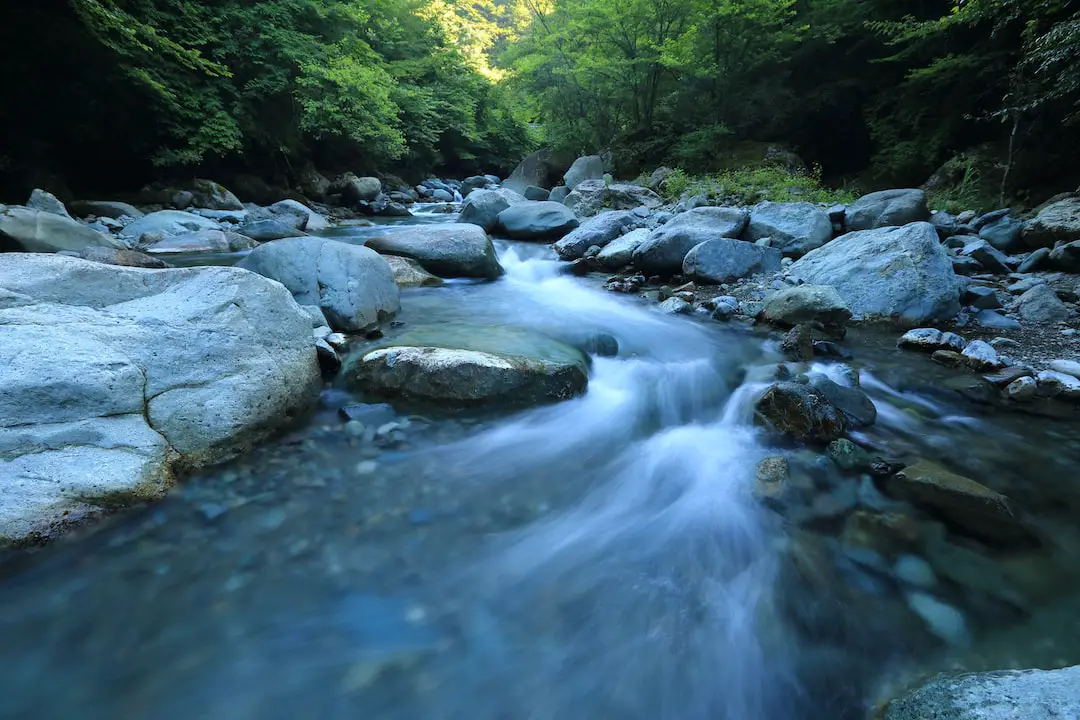
Kaituma River is a scenic waterway located in the northwest region of Guyana.
What to see or do: The river offers visitors the opportunity to explore the stunning natural beauty of Guyana. Take a boat ride along the river and marvel at the lush rainforest and diverse wildlife.
Fishing is also a popular activity, with many species of freshwater fish to be caught.
Don’t miss: A visit to the majestic Kaituma Falls is a must-see. Located upstream from the river, the falls are a natural wonder and a popular spot for swimming and picnicking.
Insider travel tips: Be sure to bring insect repellent and sunscreen, as the region is known for its abundance of mosquitoes and strong sunshine.
It’s also a good idea to hire a local guide to ensure a safe and enjoyable experience on the river.
20. Monkey Mountain
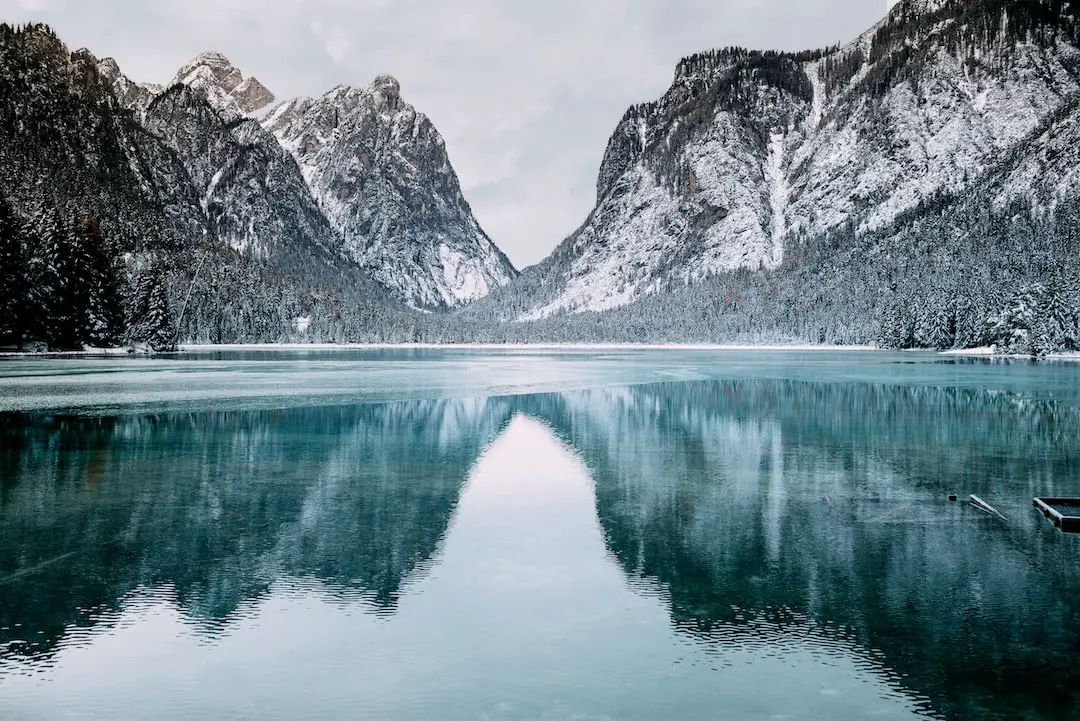
Monkey Mountain, also known as Son Tra Mountain, is a nature reserve located in Da Nang, Vietnam.
What to see or do: Monkey Mountain is best known for its population of cheeky macaque monkeys, but there is much more to see and do.
Take a hike to the peak for stunning panoramic views of Da Nang and the surrounding coastline. Explore the beautiful Linh Ung Pagoda and its intricate architecture.
Observe the rich biodiversity of the nature reserve, which is home to over 1,000 species of plants and animals.
Don’t miss: Don’t miss the opportunity to interact with the playful macaque monkeys.
You may also want to visit the Cannon Fort for a history lesson on the role of Da Nang in the Vietnam War.
Insider travel tips: Visit in the morning or late afternoon to avoid the midday heat.
21. Surama Village
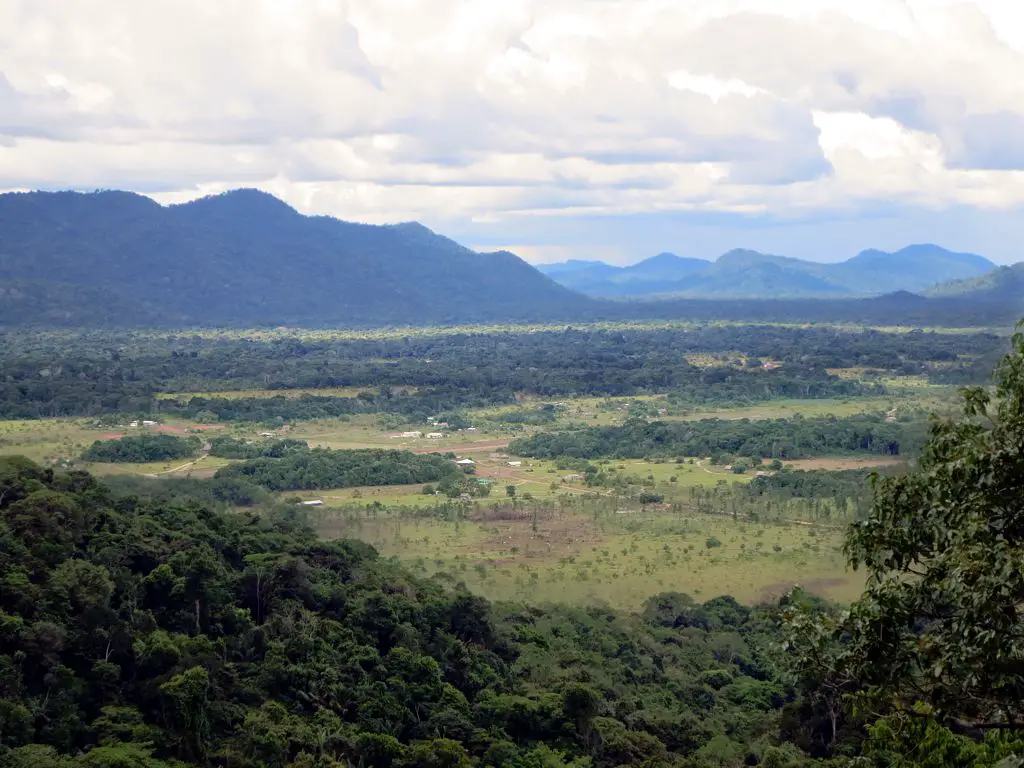
Surama Village is a remote indigenous community located in the North Rupununi region of Guyana.
What to see or do:
Don’t miss:
Insider travel tips:
22. Annai Village
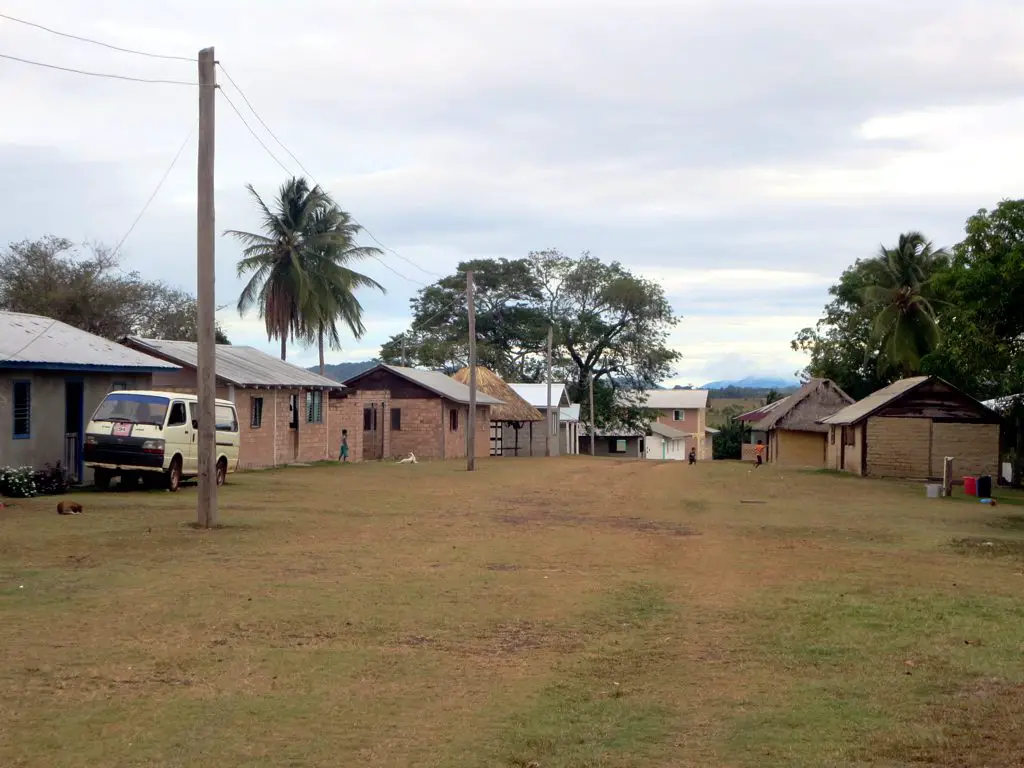
Annai Village is a charming and quiet town located in the Indian state of Tamil Nadu.
What to see or do:
Don’t miss: Don’t miss out on the opportunity to try the local cuisine, including dishes like Kuzhi Paniyaram, Masala Dosa, and Idli Sambar.
Insider travel tips: The best time to visit Annai Village is between November to February when the weather is pleasant.
23. Bartica Islands
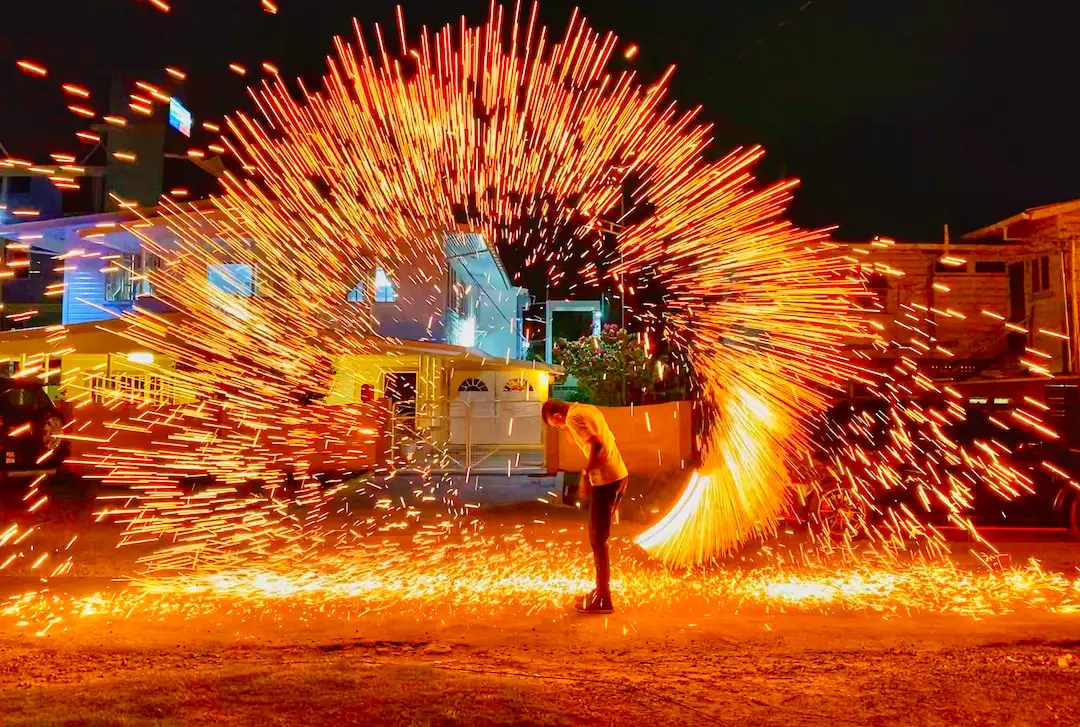
Bartica Islands is a group of four small islands nestled in the Essequibo River of Guyana.
What to see or do: Enjoy the serene beauty of the river and its surroundings, go for a refreshing swim in the water, and indulge in various water sports like kayaking, swimming and fishing.
Don’t miss: Take a walk around the islands, explore their lush green vegetation, and spot exotic wildlife. Enjoy the stunning views of the sun setting over the river and admire the shimmering reflections on the water.
Insider travel tips: It’s best to visit the Bartica Islands between June and August, when the weather is dry, sunny, and the river is calm.
Remember to pack sunscreen, insect repellent, and water bottles. You can reach the islands by taking a boat from Bartica mainland.
24. Bartica Potaro Road
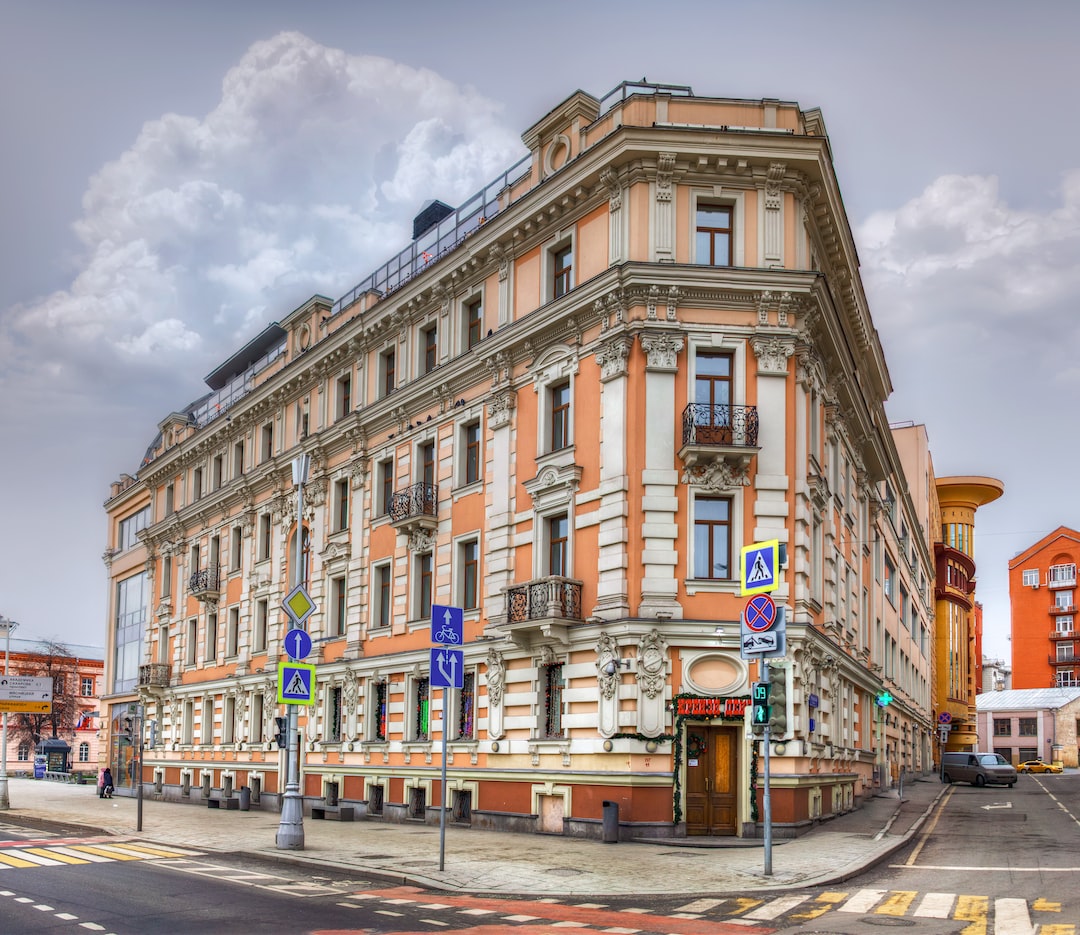
Bartica Potaro Road is a scenic road in Guyana that connects the town of Bartica to the Potaro-Siparuni region in the central part of the country.
What to see or do: Traveling along Bartica Potaro Road offers stunning views of the rainforest and numerous natural attractions along the way. Visitors can stop to explore remote villages, hike through lush jungle trails, and swim in pristine waterfalls and rivers.
Don’t miss: One of the must-see sights on the Bartica Potaro Road is Kaieteur Falls, one of the world’s most spectacular waterfalls. At 741 feet tall, it is five times higher than Niagara Falls and offers a breathtaking display of natural beauty.
Insider travel tips: Be sure to pack plenty of insect repellent, as the rainforest along the road can be buggy. It’s also a good idea to hire a reputable guide to ensure a safe and enjoyable experience.
Keep in mind that the road can be bumpy and slow-going, so allow plenty of time to reach your destination.
25. Shell Beach Protected Area
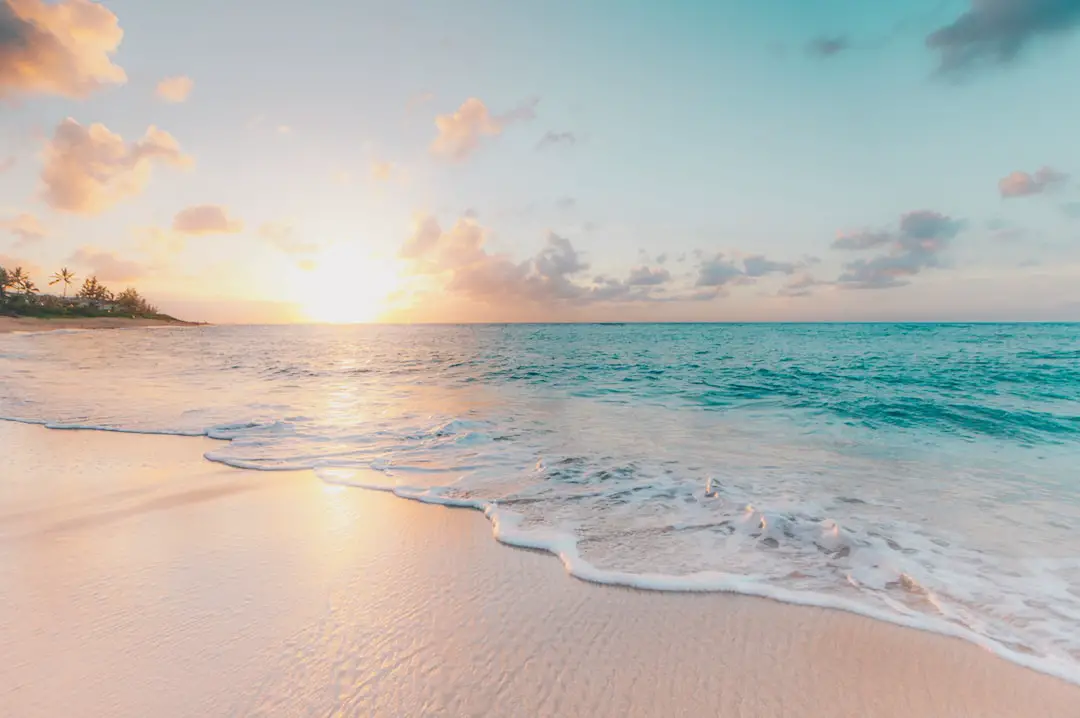
Shell Beach Protected Area is a stunning coastal reserve situated in the south-western region of Western Australia, renowned for its unique and striking white seashell beach.
What to see or do: – Marvel at the vast expanse of the beautiful white seashell beach, which stretches over 120 kilometers along the coast.
Don’t miss: – Shell Beach’s unique ecological environment is a must-see. It boasts a rare macroalgae ecosystem, home to several marine species.
Insider travel tips: – The best time to visit is during the spring and summer season (September to February) for optimal weather conditions.
26. Iwokrama Canopy Walkway
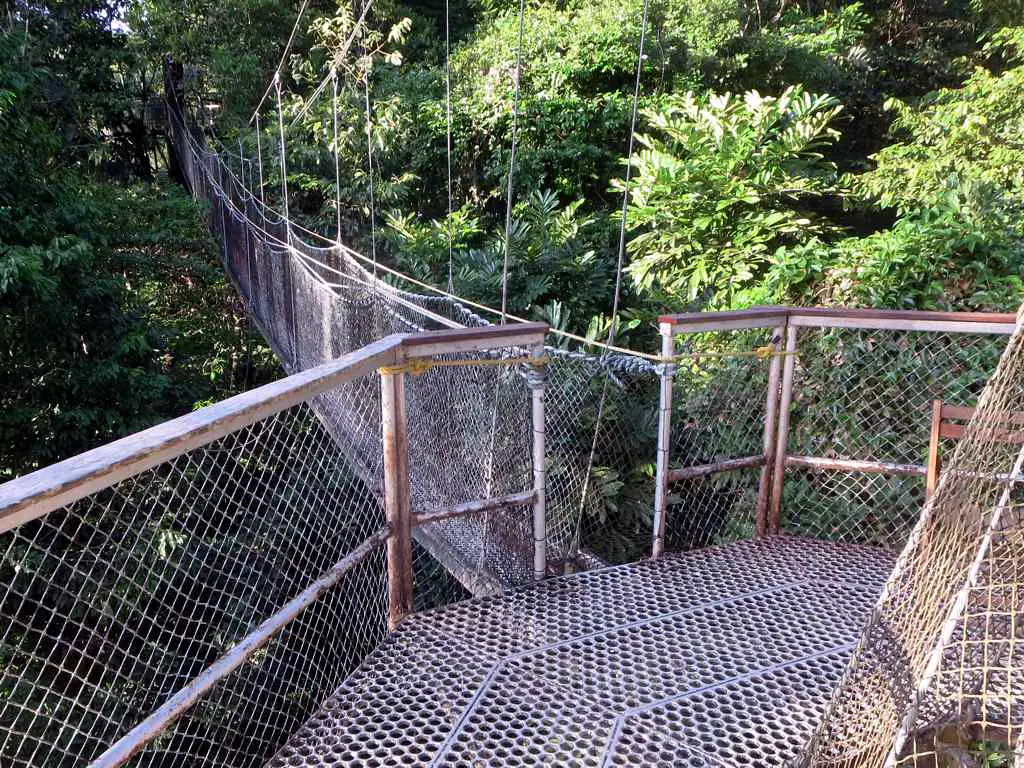
A suspended bridge walkway in the Iwokrama Forest in Guyana.
What to see or do: Walk along the 154-meter long bridge and take in stunning views of the rainforest canopy from 30 meters above ground. Look out for a variety of wildlife like birds, monkeys, and sloths.
Don’t miss: Sunset and sunrise views from the canopy walkway are truly breathtaking.
Insider travel tips: Make sure to wear comfortable clothing and sturdy shoes. Avoid carrying heavy bags or backpacks.
Binoculars and cameras are a must! It’s recommended to visit during the dry season from February to April.
27. Kako Falls
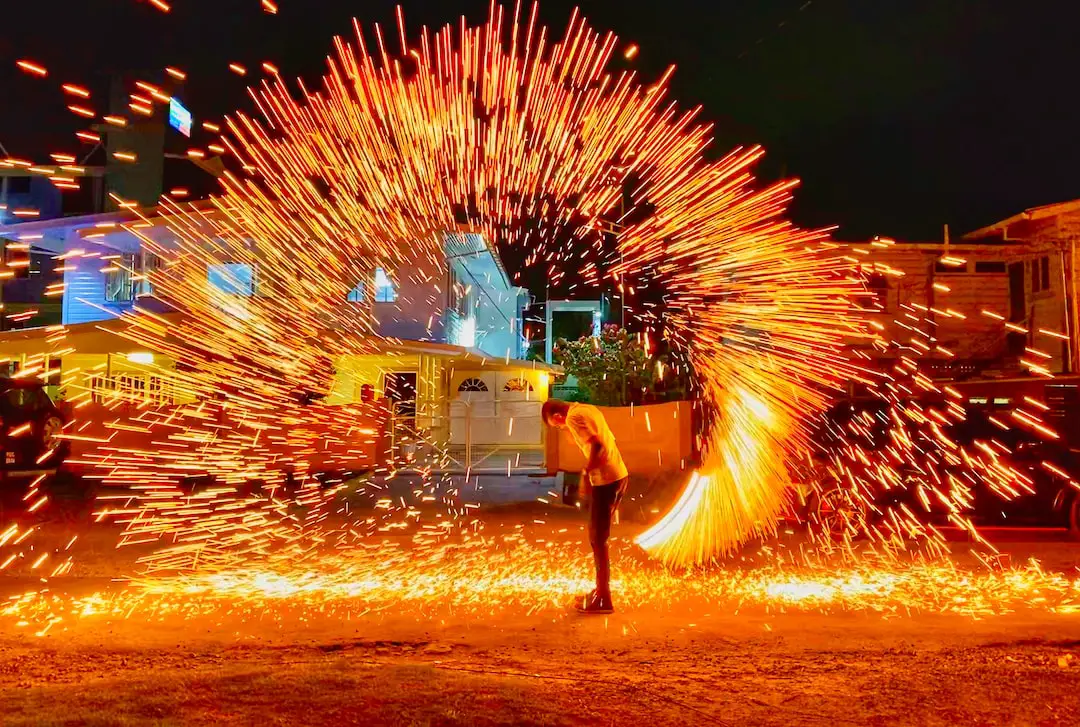
Kako Falls is a breathtaking waterfall located in Ida Valley in Akita prefecture, Japan.
What to see or do: Visitors can witness the stunning 55-metre tall waterfall cascading down the rocky cliff, surrounded by lush greenery. The observation deck offers an unforgettable panoramic view of the waterfall and the valley.
Don’t miss: The best time to visit Kako Falls is during the autumn season when the surrounding trees turn into vibrant shades of red and orange, creating a picturesque scenery that blends perfectly with the waterfall.
Insider travel tips: – Wear comfortable shoes as the observation deck requires a short uphill walk from the parking lot.